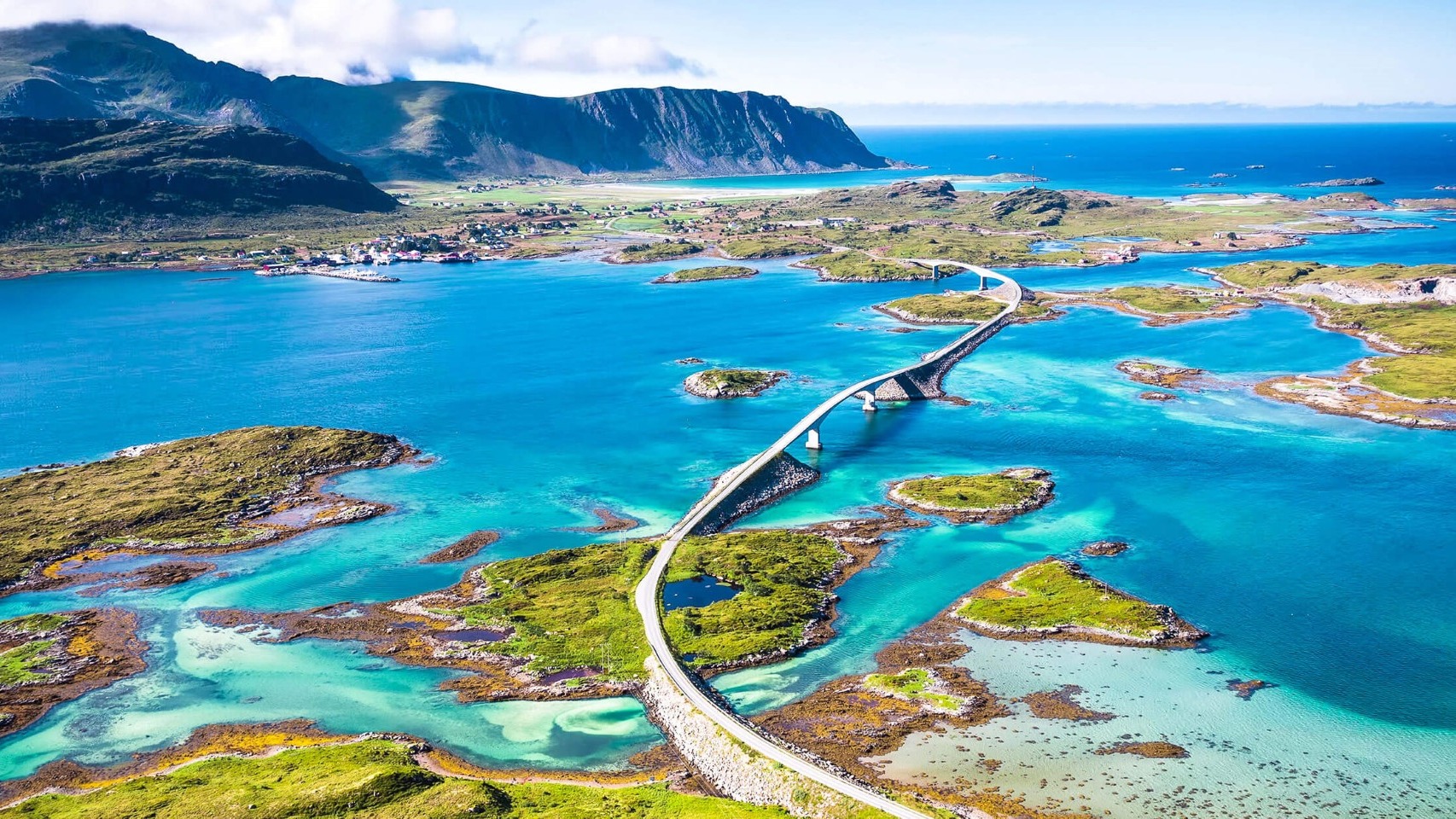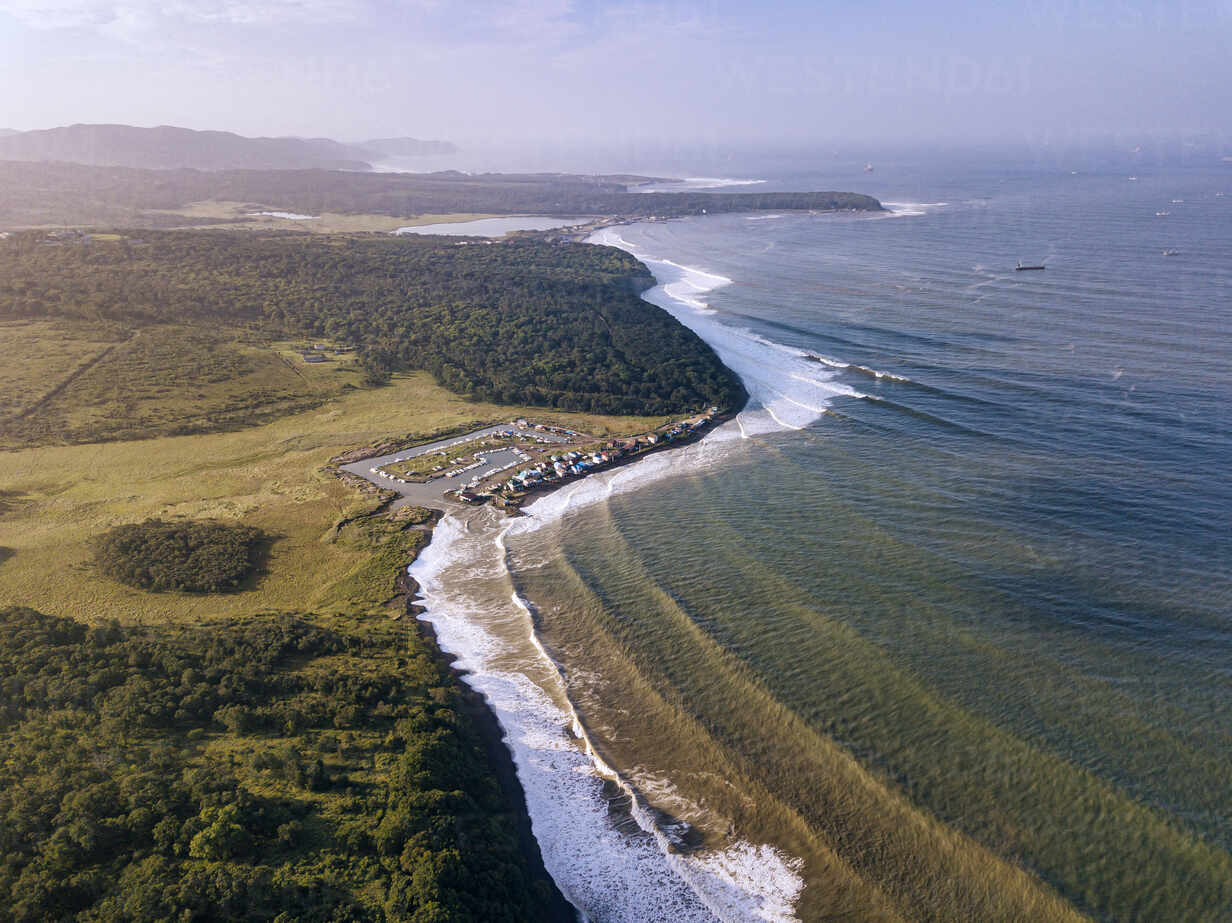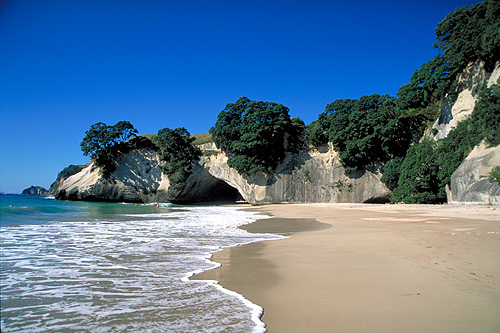Top 10 Longest Coastlines In The World 2025
By ICON TEAM | Published on Apr 09, 2025
List Of Top 10 Longest Coastlines In The World 2025:
One of the planet's most intriguing geographical features, coastlines influence ecosystems, economy, and civilizations. The nations with the longest coasts have a variety of scenery and a rich history connected to the water, ranging from rocky fjords to tropical archipelagos. Based on generally acknowledged geographic data, the top 10 longest coasts in 2025 are ranked in the same order as in prior years. A thorough examination of these coastal giants, their lengths, and their distinctive characteristics can be seen below.
1. Canada – 202,080 km (125,567 miles):
With 202,080 kilometers of coastline that spans three oceans the Atlantic, Pacific, and Arctic, Canada holds the record for having the longest coastline in the world. This enormous area is mostly caused by its sharply indented eastern coast along the Atlantic and its massive northern archipelago, which includes Ellesmere Island, Victoria Island, and Baffin Island. This remarkable sum is further enhanced by the rocky coastlines of British Columbia, which are peppered with islands and fjords.
Vibrant fishing villages, busy ports like Vancouver and Halifax, and distinctive ecosystems like the Arctic tundra and temperate rainforests may all be found along Canada's coastline. Its length presents additional difficulties, such as severe Arctic weather and climate change-induced coastline erosion, which is why environmental study will focus on it in 2025.
2. Norway – 58,133 km (36,122 miles):

With its innumerable fjords, inlets, and offshore islands like Svalbard and Jan Mayen, Norway's 58,133-kilometer coastline is a natural wonder. Although its mainland coast is just 2,650 kilometers long without these features, the complex fractal-like shoreline puts it in second place worldwide.
With locations like Geirangerfjord attracting tourists all year round, Norway's coast is a UNESCO-recognized wonder, known for its stunning fjords narrow inlets surrounded by sheer cliffs. The northern regions provide breathtaking views of the Aurora Borealis, a top attraction for tourists in 2025, while the coastal economy is based on fishing, shipping, and offshore oil.
3. Indonesia – 54,716 km (33,999 miles):

With more than 17,000 islands, including archipelagic giants like Sumatra, Java, Borneo (shared with Malaysia and Brunei), and Sulawesi, Indonesia boasts a 54,716-kilometer coastline. This country in Southeast Asia is a hotspot for biodiversity because of its coastline, which combines coral reefs, volcanic cliffs, and sandy beaches.
Indonesia's coastline is still essential to the country's economy in 2025, facilitating trade, tourism, and fishing through thriving ports like Jakarta. Coastal development and increasing sea levels, however, continue to be problems, which is why this tropical paradise is seeing creative sustainability initiatives.
4. Greenland – 44,087 km (27,394 miles):

With a 44,087-kilometer coastline, Denmark's independent territory of Greenland comes in at number four. Much of the length of this frozen island is situated along the chilly waters of the Arctic and North Atlantic Oceans, and its shores have been carved by glaciers and fjords. The coastline of Greenland serves as a vital land-sea interaction despite its little population.
The coast of Greenland is receiving more attention in 2025 as a result of ice melting and the resulting effects on sea levels worldwide. While fishing continues to be a vital part of local life, with towns being sustained on cod and halibut, its untamed beauty also draws explorers.
5. Russia – 37,653 km (23,396 miles):

Russia's 37,653-kilometer coastline touches the Pacific and Arctic oceans as well as a number of other seas, such as the Black and Baltic Seas. The eastern coasts of the Bering Sea and Sea of Okhotsk contribute diversity, but the majority of this length is made up of the northern Arctic coast, which stretches throughout Siberia.
With Arctic shipping routes like the Northern Sea Route becoming more popular due to decreasing ice, its extensive coastline presents both a strategic advantage and a challenge in 2025. While rural areas of Russia continue to be sparsely populated and untamed, coastal cities like Vladivostok prosper from trade.
6. Philippines – 36,289 km (22,549 miles):
Another archipelagic country is the Philippines, which has 7,641 islands with a 36,289-kilometer coastline. Its beaches are a tropical paradise, teeming with coral reefs and marine life, from the white sands of Boracay to the striking cliffs of Palawan.
The Philippines' coastline supports fishing and tourism in 2025, while being vulnerable to typhoons and sea level rise. In order to preserve this breathtaking coastline, coastal communities are adjusting with fortitude and fusing tradition with contemporary conservation initiatives.
7. Japan – 29,751 km (18,486 miles):
The 29,751-kilometer coastline of Japan circles the country's four major islands, Honshu, Hokkaido, Kyushu, and Shikoku, as well as thousands of smaller ones. Its coasts are defined by steep cliffs, sandy beaches, and volcanic landscapes that have been influenced by the Pacific and Sea of Japan.
In 2025, Japan's coastline is home to famous coastal cities like Yokohama, a high-tech fishing industry, and cultural landmarks like Miyajima's floating Torii gate. Japan, which is vulnerable to earthquakes and tsunamis, is a leader in coastal defense and sustainability.
8. Australia – 25,760 km (16,007 miles):

The island continent of Australia is surrounded by a 25,760-kilometer coastline. Its coastlines are as varied as its fauna, ranging from the rocky cliffs of the Great Ocean Road to the Great Barrier Reef in the northeast.
Australia's shoreline remains a popular travel destination worldwide in 2025, despite the Reef's continuous bleaching risks. While isolated areas stay pure, coastal towns like Sydney and Perth flourish, highlighting the nation's ecological concerns and natural beauty.
9. United States – 19,924 km (12,383 miles):
The Atlantic, Pacific, Arctic, and Gulf of Mexico coastlines of the United States total 19,924 kilometers. While the contiguous states provide everything from Florida's mangrove-lined coasts to California's surf beaches, Alaska's rocky edges make a significant contribution.
By 2025, ports like New York and Los Angeles are driving trade, and the U.S. coast is a center of innovation, recreation, and commerce. Hurricanes and erosion brought on by climate change keep coastal management at the front of the national agenda.
10. New Zealand – 15,134 km (9,404 miles):

With 15,134 kilometers of coastline spanning its North and South Islands as well as smaller islets, New Zealand completes the list. It is a nature lover's dream, renowned for its breathtaking fjords (such as Milford Sound), sandy beaches, and volcanic shoreline.
In 2025, fishing, tourism, and a strong Maori cultural bond with the water are all supported throughout New Zealand's coastline. Although conservation efforts fight invading species and climate stresses, its remoteness in the South Pacific promotes its distinctive ecosystems.
Comments 0